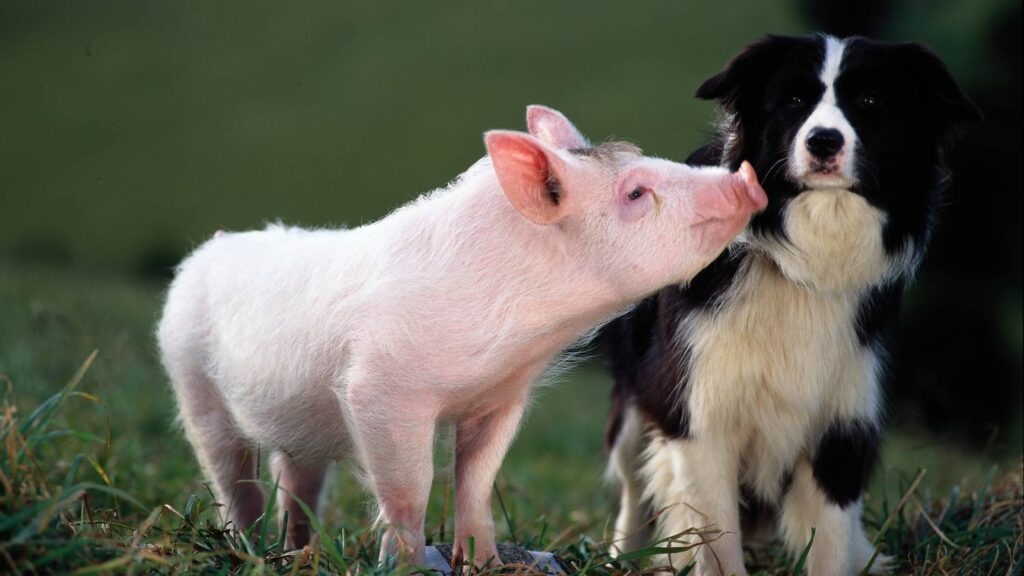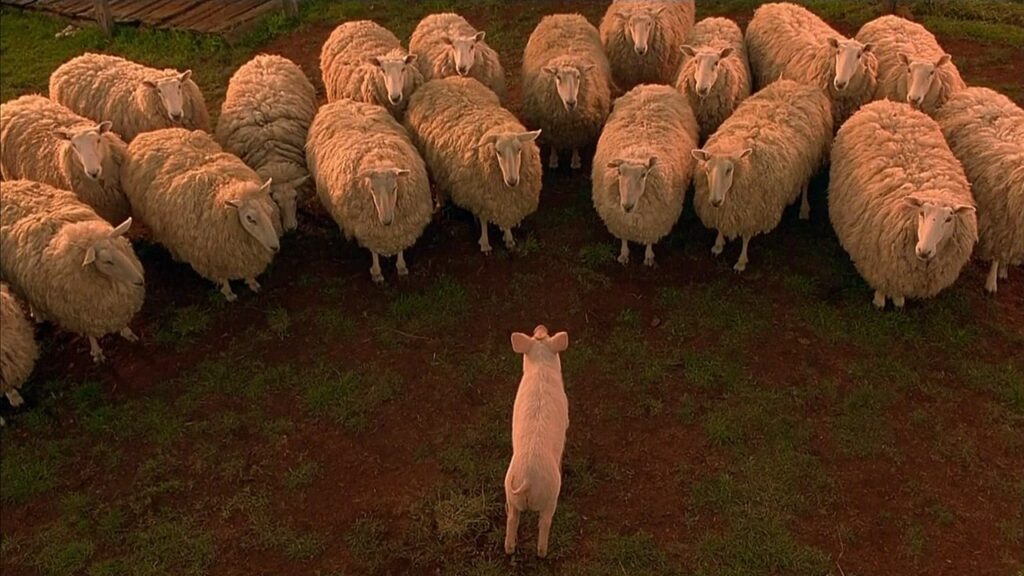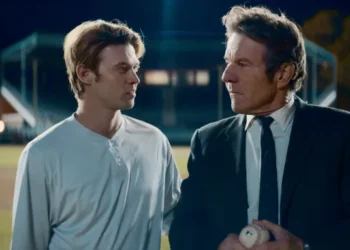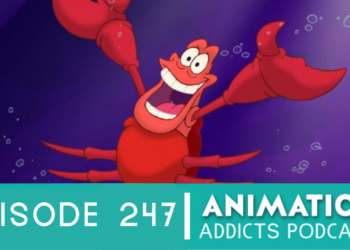I need to confess something here: While many of my favorite animated films have starred human protagonists, my tastes in live-action films often tend to be biased in favor of animal stories. And really, can you blame me? Our fellow creatures have served as central characters in literature, folklore, and mythology since the dawn of storytelling. I strongly believe that such stories have proven so popular over the millennia because they serve as a reflection of ourselves–a non-human perspective reveals great truths about the human condition. And, in the right hands, such a framing device can turn even the craziest-sounding premise into a truly satisfying experience, and one of the best examples I can think of is Babe (Universal, 1995).
At the risk of sounding like an overzealous fanboy, Babe has been one of my favorite movies since I was a kid, and it will remain so until the day I die. I also have a nostalgic soft spot for the 1983 book that inspired it (though I’m inclined to think that the film improves on the story). It puts a charming, refreshing spin on the convention of a non-human animal excelling at a task that their species wouldn’t normally do–a trope that has been further popularized in Hollywood by the likes of Air Bud, Racing Stripes, and even Ratatouille. Additionally, it manages to strike a perfect balance between well-crafted, smart comedy and the more earnest overarching plot, which follows Babe’s efforts to find his place on Hoggett Farm, as well as addressing the concepts of purpose and bigotry–the latter presented through the sheepdogs’ attitudes toward sheep and vice versa (though for the sheep, it’s actually justified, when you think about it long enough)–in a way that all age groups can easily latch onto.

Of course, one should not overlook the filmmakers’ refusal to sugarcoat such inherently dark topics about what happens to animals on industrialized farms, or the fact that Babe was initially destined to end up as dinner for the Hoggetts before he discovered his talent for sheep herding. And while Babe’s choice elicits resistance (from Rex, who is initially bitter towards the pig for “usurping” his position as champion sheepherder) and skepticism (from Fly, who is hesitant to subscribe to her foster son’s idea that sheep should be treated as equals), his kindness, empathy, and positivity affect the other animals’ outlook on life, from accepting “the way things are” to opening their minds to different possibilities and points of view. Indeed, as the narrator notes in the opening, “This is a tale about an unprejudiced heart, and how it changed our valley forever.”
I think what makes Babe so wonderful and affirming is the fact that, while it could easily have been just another run-of-the-mill animal movie that would probably fade into obscurity over time, producer George Miller and writer/director Chris Noonan tell this story with such genuine affection that you immediately connect with the characters and are completely invested in their journey; not to mention, they never, ever get too preachy with their themes but encourage the audience to pause a moment and think. And clearly, people noticed this on the movie’s initial release–why else would the Academy have nominated it for Best Picture, I’d like to know?

Twenty-five years after its debut, Babe remains a timeless classic for all ages. With its sincerity, intelligence, and heart, this is one movie that everyone in the world should see at least once in their lifetime; from where I stand, it’s one of the few general-audience films–another that I can name being Duma (2005)–that can even come close to being called perfect.
*This is a user-submitted post by Jordan Hashemi-Briskin*


![[OPINION] ‘Babe’ – Looking Back 25 Years Later](https://www.rotoscopers.com/wp-content/uploads/2020/10/66969-universal_pictures_home_entertainment-750x375.jpg)



![[OPINION] 10 Heartwarming Animated Adverts to Watch This Holiday Season](https://www.rotoscopers.com/wp-content/uploads/2021/12/Picture61-350x250.jpg)
